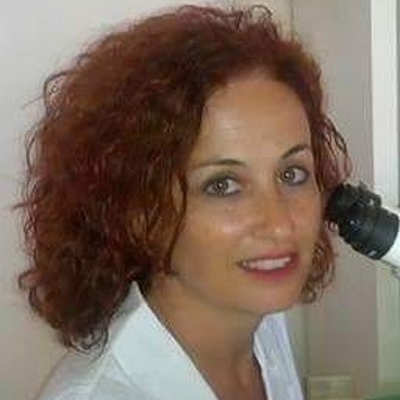Molecular Factors and Mechanisms Involved in Cytokinesis
A special issue of Cells (ISSN 2073-4409). This special issue belongs to the section "Cell Motility and Adhesion".
Deadline for manuscript submissions: closed (31 October 2019) | Viewed by 27050
Special Issue Editor
Interests: membrane trafficking; cytokinesis; Drosophila melanogaster; mitosis; male meiosis; congenital disorders of glycosylation
Special Issues, Collections and Topics in MDPI journals
Special Issue Information
Dear Colleagues,
The guest editor invites you to contribute to this Special Issue, dedicated to the mechanisms and molecular factors that regulate cytokinesis. Cytokinesis, the final step of the cell cycle, separates the duplicated genome and the cytoplasmic content of the dividing cell equitably into two daughters. This process must be finely regulated in space and time for proper development and to maintain the normal ploidy in adult issues. In animal cells, the contractile ring, a dynamic structure composed of F-actin filaments and active myosin II, is assembled just beneath the plasma membrane around the cell equator of dividing anaphase cells. Constriction of the contractile ring pulls the plasma membrane and the underlying cortex inward, leading to the formation of a cleavage furrow. Furrow ingression proceeds until the two daughter cells remain connected by a thin cytoplasmic bridge which contains in its center an organelle dubbed the midbody. Abscission, the final step of cytokinesis, is orchestrated by the coordinated activities of several protein complexes in the midbody, generating two fully separated daughter cells. This Special Issue will increase our knowledge of an intricate process, requiring at least one hundred proteins and a tight coordination between actin and microtubule cytoskeletal components and membrane trafficking regulators. Dysregulation of cytokinesis leads to a number of human diseases, such as blood disorders, Lowe syndrome, female infertility, and cancer. Thus, studies on the underlying molecular mechanisms of cytokinesis might contribute to develop new therapeutic strategies for cancer and other diseases.
Dr. Maria Grazia Giansanti
Guest Editor
Manuscript Submission Information
Manuscripts should be submitted online at www.mdpi.com by registering and logging in to this website. Once you are registered, click here to go to the submission form. Manuscripts can be submitted until the deadline. All submissions that pass pre-check are peer-reviewed. Accepted papers will be published continuously in the journal (as soon as accepted) and will be listed together on the special issue website. Research articles, review articles as well as short communications are invited. For planned papers, a title and short abstract (about 100 words) can be sent to the Editorial Office for announcement on this website.
Submitted manuscripts should not have been published previously, nor be under consideration for publication elsewhere (except conference proceedings papers). All manuscripts are thoroughly refereed through a single-blind peer-review process. A guide for authors and other relevant information for submission of manuscripts is available on the Instructions for Authors page. Cells is an international peer-reviewed open access semimonthly journal published by MDPI.
Please visit the Instructions for Authors page before submitting a manuscript. The Article Processing Charge (APC) for publication in this open access journal is 2700 CHF (Swiss Francs). Submitted papers should be well formatted and use good English. Authors may use MDPI's English editing service prior to publication or during author revisions.
Keywords
- contractile ring
- midbody
- abscission
- membrane trafficking
- model organisms
Related Special Issue
- Molecular Factors and Mechanisms Involved in Cytokinesis II in Cells (5 articles)






